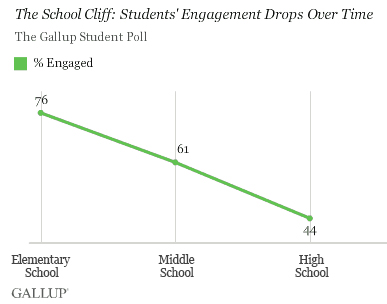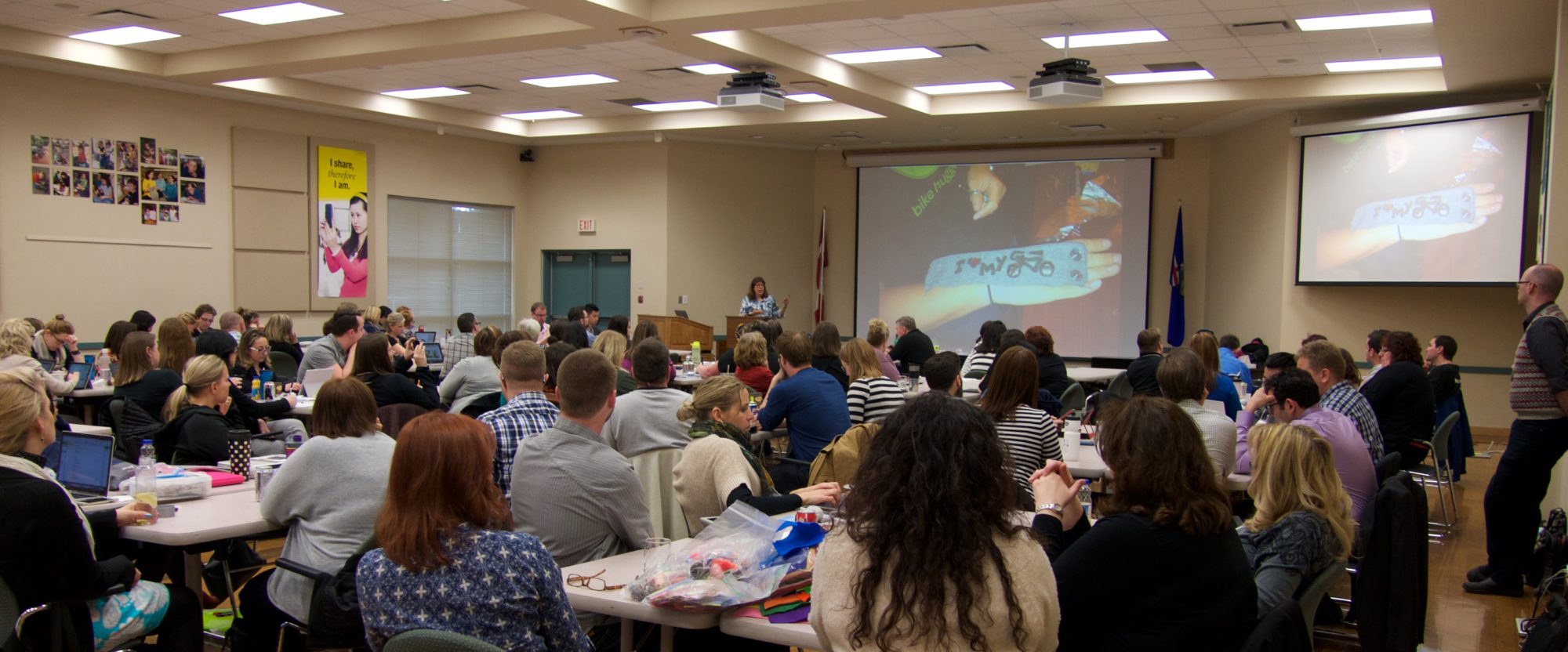Larry Ferlazzo writes a column “Classroom Q&A” for Teacher Magazine (part of the Ed Week family of publications) on teaching and technology. A few months ago he asked for my response to a question: How do teachers make informed decisions in relation to a balanced use of technology in the classroom?
This is a really interesting question for two reasons:
1. Because it transcends the “what” to tackle the “why”. Teachers have to balance a lot to create the best learning environment for their students and it’s not always clear how to do that. Especially with technology, it seems that any choice you make will be obsolete too soon as product after product and app after app appear, with new exciting announcements made every day.
2. Because it presumes that teachers CAN and SHOULD make these decisions. Too often, technology decisions are made by people who aren’t in the classroom without consulting teachers. Teachers and students are the stakeholders in this equation, and should be involved in choosing appropriate technology.
Be sure to read the responses Larry collected in this multi-part article. Besides my response, Tina Barseghian, the editor of MindShift, and Scott McLeod, an Associate Professor of Educational Leadership at the University of Kentucky weigh in.
Here’s my contribution:
The best way to use tech in the classroom is when the technology primarily supports the process of student learning, not the product. Sure, it’s easy to get excited when we find tools that make things easier, but we have to be careful about what’s getting automated. Tools that support deep student creativity may take more time to learn, but in the end, give students access to powerful, creative experiences. The learning that takes place on the journey is the real outcome, and a “push-button” tool deprives the child of that experience.
Just like the writing process depends on giving students time to edit and re-write, technology should enhance a student’s ability to dive into the process of thinking deeply about their own work. Editing, reflecting, tweaking, refining, and even starting from scratch are crucial elements of the learning process – saving time is not. Technology that gives students multiple ways to approach their own work means that students can develop fluency and ownership of their learning.
And if you are thinking, “Who has time to teach my students something complicated?” – I will suggest to you that complexity is different than depth. Sure there are tools that are not age-appropriate or just plain overkill. But educators often overestimate the extra time it takes to learn a new tool. Don’t try to front-load too much information about the tool to the students. Instead, introduce a small project for the students, give them the tool and let them work. Allow collaboration between students to share new discoveries. Encourage home-grown student experts who can answer other students’ questions. Time spent becoming fluent with a tool that has depth is time well-spent.
Sylvia


 Join me on Wednesday, January 9, 2013 for a Google Plus Hangout hosted by
Join me on Wednesday, January 9, 2013 for a Google Plus Hangout hosted by  From
From 